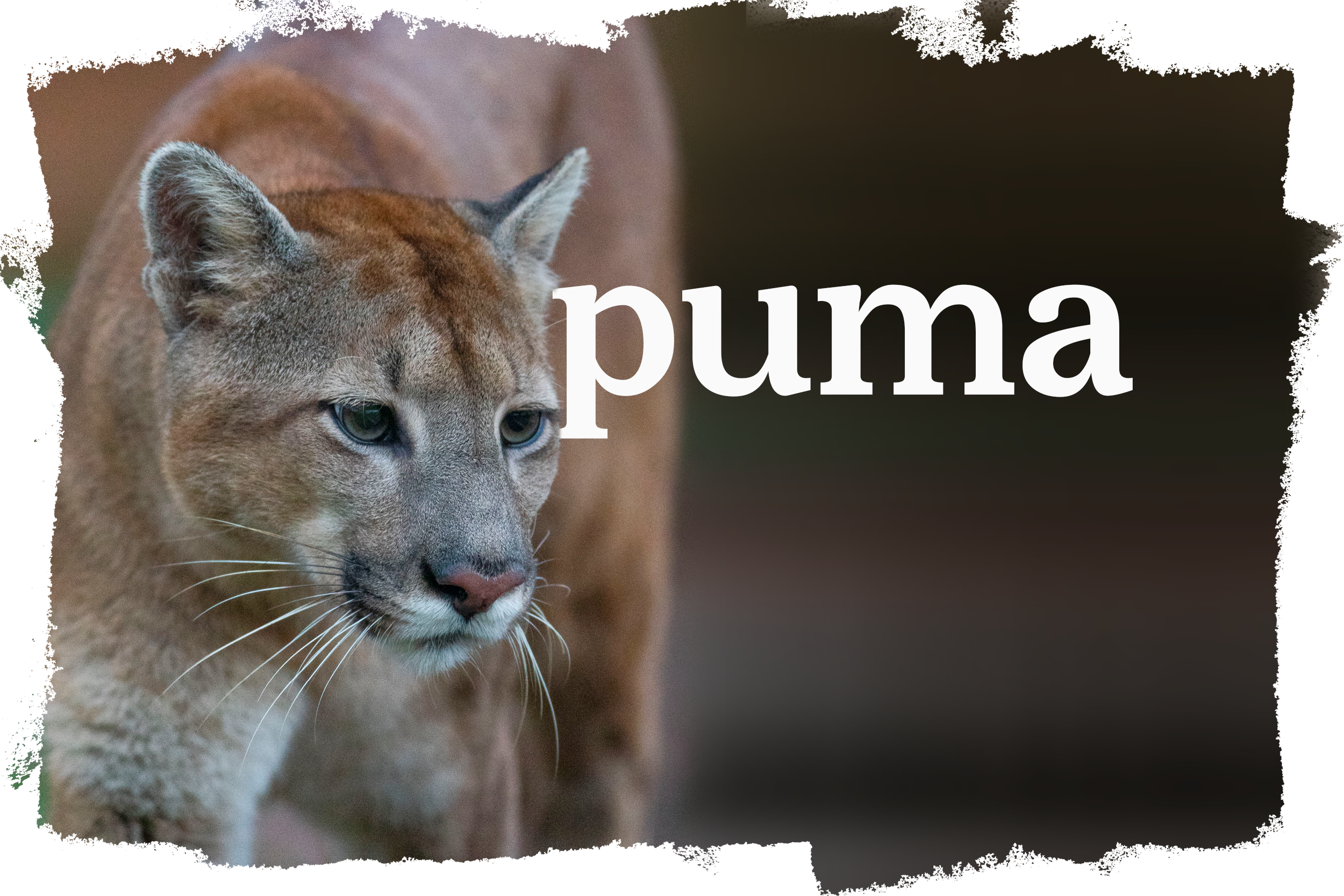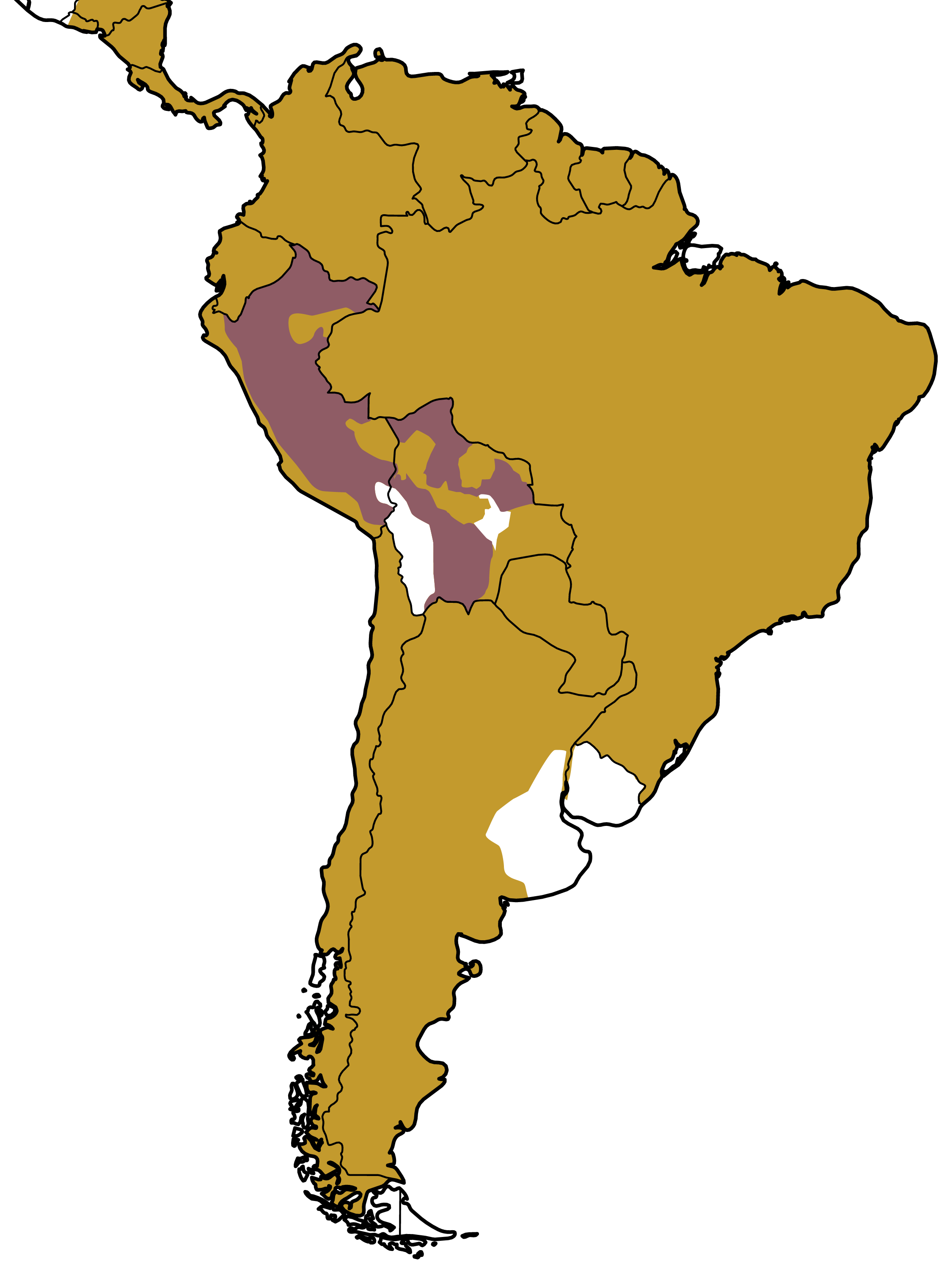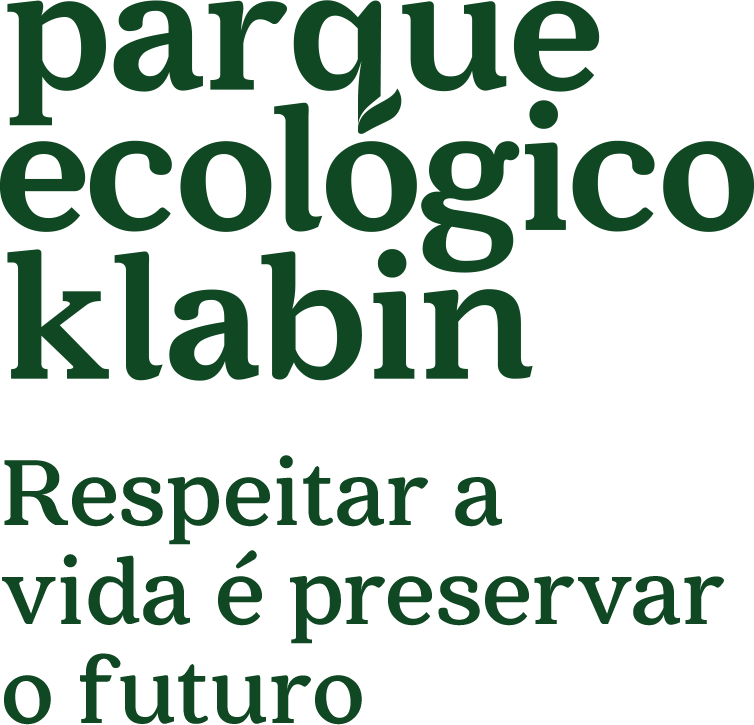

It is the second largest felid in the Americas and has the widest distribution. They are found from western Canada to the southern end of the South American continent. They adapt to various climates and environments, from deserts to forests.
22kg to 74kg
body 90cm to 230cm
10 years in the wild
Important data
MAIN FEATURES
Its color varies between gray and reddish-brown, with the tip of its tail black, sides of the snout and belly, white. The kittens are born with dark spots, which usually disappear after 14 weeks of age.
TOP THREATS
The main threats are hunting, habitat destruction and being runover in populous areas.
DIET
It feeds mainly on deer, wild pigs, capybaras and anteaters, but can also hunt small rodents, reptiles, birds, invertebrates and fish.REPRODUCTION
Being a solitary animal, the female marks her territory to announce she is on heat. The litter is four to six kittens after 95 days of gestation.BEHAVIOR
● It's a lonely animal, more active at night.
● The presence of other carnivores directly influences its choice for prey and hunting environments.
TRIVIA
It has the longest hind legs among the felines, which gives it the ability to jump from the ground to heights above five meters. When it kills large prey that it cannot eat in one day, it covers the rest with leaves and branches to eat over the next few days.
Geographical distribution





